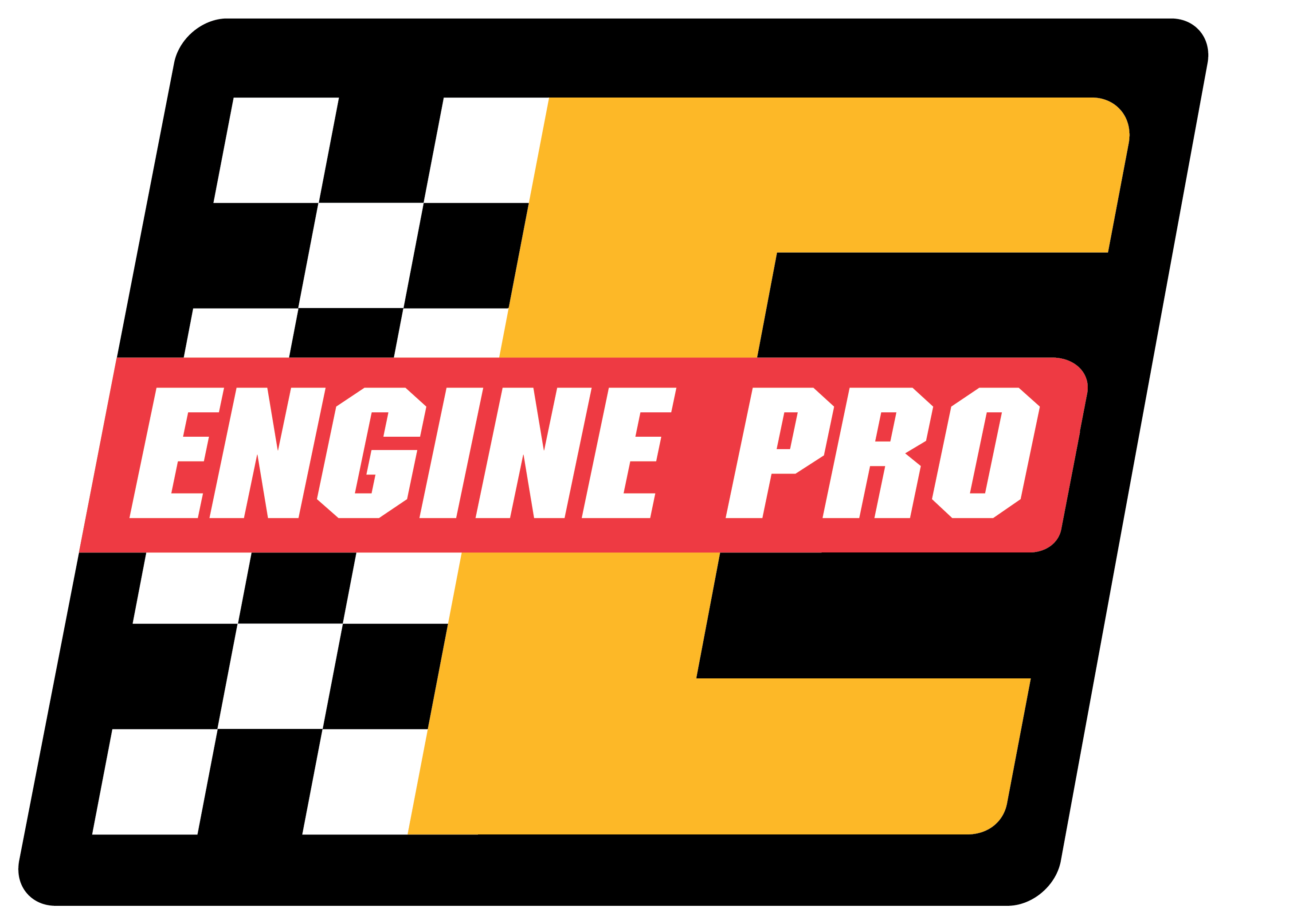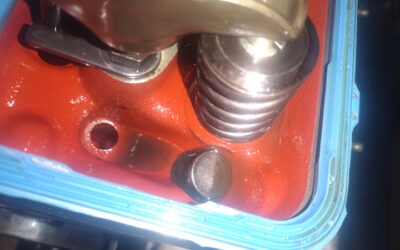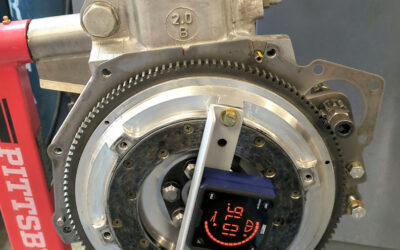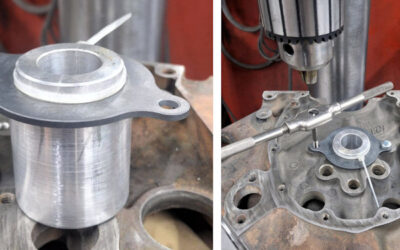TOP 10 CAM FAILURE CULPRITS
1) COIL BIND-when a spring compresses solid before or during full camshaft lift. 2) RETAINER TO SEAL BIND-the distance from the top of the valve seal to the bottom of the retainer must be greater than the valve’s lift. 3) IMPROPER VALVE TRAIN CONTROL-any weak link or incorrectly matched component can cause harmonics and pound parts into junk. Incorrect springs or weak pushrods are often the culprit. Too much lash or plunger preload can also cause damage. 4) IGNITION-CUT REV LIMITERS-“banging off the rev limiter” is rough on all valve train parts. 5) IMPROPER CLEANING OF ROLLER LIFTERS-Debris is the number one cause of roller lifter failure. Since they rely on oil flowing through tiny passages, pieces of debris can clog and stop the lifter from pumping up and cause excessive noise. 6) INSUFFICIENT OILING OR HIGH OIL TEMPS-the “Four Rs of Proper Oiling” are: the Right oil, at the Right place, at the Right time in the Right amount. ZDDP wear additives need heat and pressure to release the zinc molecule and form the protective phosphate coating in an even and calculated amount. With excess heat, the chemical reaction that forms the film doesn’t occur and the additives then become antioxidants and get consumed. 7) IMPROPER BREAK-IN OF FLAT TAPPETS-A properly-formulated break-in oil is essential to coat and protect wear surfaces. Coat all contact surfaces with the proper assembly lube after a thorough cleaning. Prime the oiling system before starting, and rotate the engine in the process to assure all surfaces are coated. Set timing and prime the carb for a fast startup. Run at 2,000- 2,500 RPM to allow oil to splash on the valve train. Vary the engine speed between 1,500 and 3,800 for 20-30 minutes. Replace the oil and filter after the break in and again after 500 miles. 8) OTHER AREAS THAT NEED ATTENTION INCLUDE: An ideal break-in seat pressure of around 80 to 100 lbs. Dual springs may be run-in with just the outer springs or replaced with “softer” break-in springs. Low-ratio rocker arms that reduce spring loads during break-in are available. Never mix new and old parts since they wear, or “mate in” together. 9) MECHANICAL INTERFERENCE-Carefully inspect pushrods and rockers through the full range of motion for signs of contact, improper rocker arm geometry and pushrod length. Make sure rocker arms clear all stands, valve cover rails, girdles and springs. Check the camshaft position of the lobes in the lifter bores. Some very-centered lobes might not put enough spin on the lifters. 10) IMPROPER BREAK-IN OIL FOR ROLLER CAMS-Dedicated break-in oil has two jobs: protect the valve train and allow the rings to seat. Friction modifiers that are in regular oil may not allow rings to seat, while an aggressive break-in oil may cause the rings to seat too quickly and generate higher levels of particulate wear metal, which is bad news for roller bearings.
Engine Pro Technical Committee
with special thanks to COMP Cams
September, 2017




